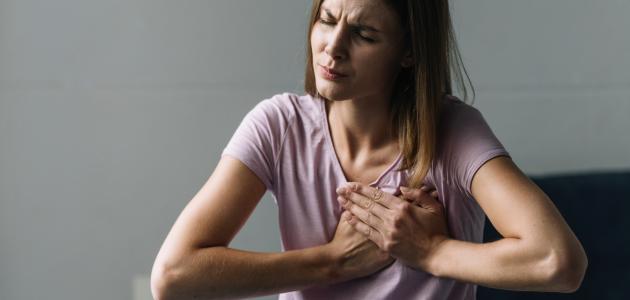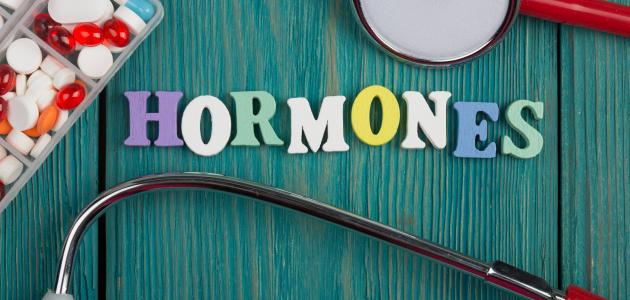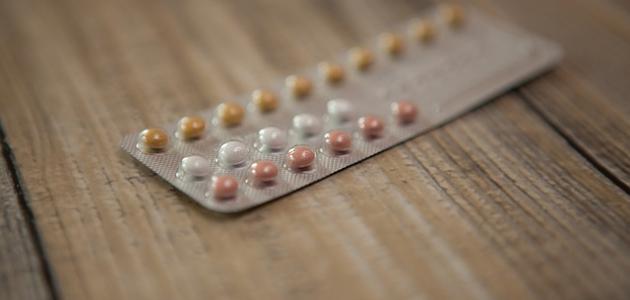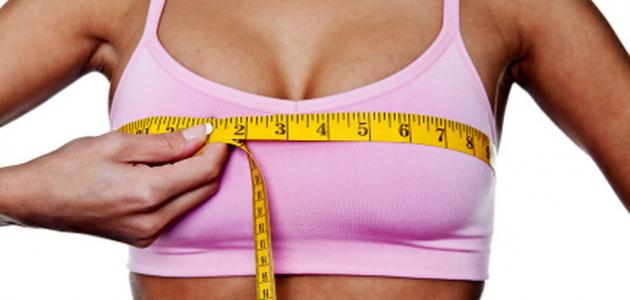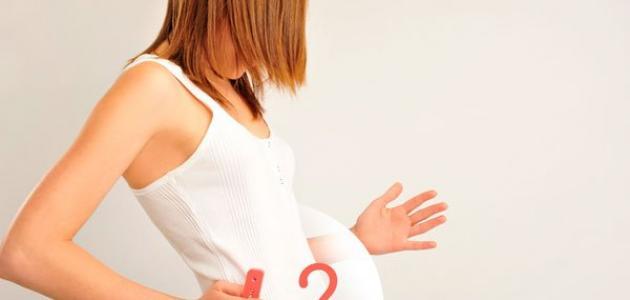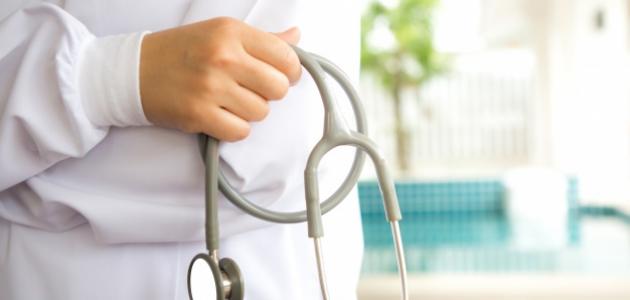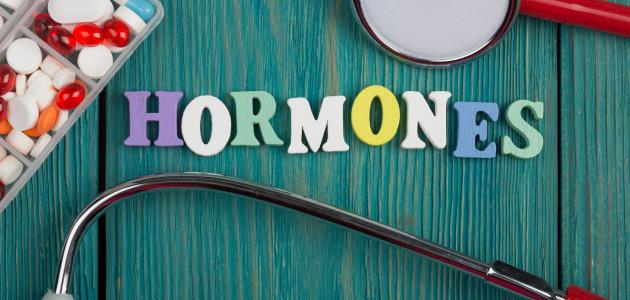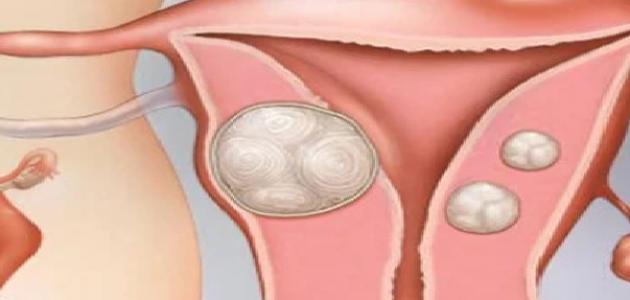Breast pain before period
The approaching menstrual cycle is associated with a group of symptoms that vary in severity among women. This condition is known as premenstrual syndrome (PMS), and periodic breast swelling or breast pain (in English: mastalgia) is one of the symptoms accompanying the menstrual cycle that is a source of concern for many. Of women, especially young women, as one study published in the British Journal of Sports Medicine in 2020 showed that approximately 83% of women suffer from breast pain before menstruation, and this may This is due to a disturbance in the level of hormones in the body as a result of the approaching menstrual cycle.
Symptoms accompanying breast pain before menstruation
The nature of premenstrual breast pain varies between women. Some women may suffer from continuous pain for several days, while others may suffer from intermittent pain. In some cases, the pain may occur in the form of congestion or hardening of the breast. In general, premenstrual breast pain The menstrual cycle is accompanied by some symptoms, some of which are described below:
- Feeling mild or dull pain.
- Pain occurs in one or both breasts.
- The pain spreads to the underarm area.
- Breast swelling.
- Sometimes the pain increases, especially in the nipple area.
Read also:Hormonal imbalance in women
Causes of breast pain before menstruation
Breast pain before menstruation may occur due to many reasons, and the most prominent of these reasons are listed below:
hormonal disorders
Hormonal disturbances accompanying the menstrual cycle may lead to breast swelling, and this can be explained by tracking hormone levels in the body, as the level of estrogen rises early in the menstrual cycle and reaches its peak before the middle of the cycle, resulting in enlargement of the ducts. The breasts increase in size, and the level of the hormone progesterone rises, reaching its peak on day 21 of the 28-day cycle, causing the mammary glands in the breast to increase in size, which ultimately leads to breast swelling and pain in it.
Fibrocystic breast
Fibrocystic breast disease is the presence of lumpy tissue inside the breast. Doctors call this lumpy tissue nodular tissue or glandular tissue. Fibrocystic breast is a common cause of breast pain. Before the session; Many women suffer from fibrocystic changes in the breast at some point in their lives, and for this reason many doctors have come to call this condition the term fibrocystic changes in the breast, and this indicates that this condition is not a disease in itself, but rather a natural state of changes. Fibrocystic breasts, and although fibrocystic breasts are not associated with specific symptoms in many women, some women may suffer from pain and swelling in the breasts, especially in the upper outer part of the breast, and the symptoms usually become more bothersome as the period approaches. Monthly.
Read also:Uterine ligation to prevent pregnancy
Use of some medicines
The use of some medications may lead to breast pain, and this is due to the fact that these medications contain the hormones estrogen and progesterone, which stimulate breast swelling and pain in the breast tissue. Examples of these medications include oral contraceptive pills, and treatment Hormone replacement therapy (HRT), in addition to medications used to treat infertility cases.
Excessive drinking of caffeine
In some cases, breast pain may be associated with drinking large amounts of caffeine. One study published in 2016 in Breast Care Journal indicated that drinking caffeine is one of the factors that may play a role in the occurrence of breast pain.
Lifestyle-related causes
Periodic breast pain may be linked to lifestyle-related causes, such as a high-fat diet, which may worsen breast pain. In addition, chronic stress may play a role in breast pain.
Tips to relieve breast pain before menstruation
Premenstrual breast pain can be relieved without resorting to the use of medications by following a set of tips and home instructions. Some of these tips are listed below:
Read also:When will the fever end?- Wear a comfortable bra that fits the breast that has increased in size due to swelling. The usual bra may be tight or contain an uncomfortable underwire.
- Limit caffeine consumption.
- Follow a low-fat diet and avoid high-fat foods.
- Avoid eating salt and salty foods one to two weeks before the start of your period.
- Doing cardio exercises on a daily basis.
Treating breast pain before menstruation
Treatment of premenstrual breast pain depends on a group of factors such as the main cause of the pain, the symptoms accompanying the breast pain, in addition to the woman’s age and general health, and the seriousness of the medical condition. Here it must be noted that the woman’s admission of the presence of persistent breast pain is the next step. The first in treatment; Some women feel sensitive about complaining about things they consider normal. Below we explain some of the treatments used to alleviate the pain associated with the menstrual cycle:
- Over-the-counter pain relievers such as ibuprofen or paracetamol.
- Hormonal birth control pills, with the aim of controlling the level of hormones in the body.
- Antibiotics, which the doctor prescribes in the event of an infection causing breast pain.
- The male hormone danazol (in English: Danazol), which contributes to alleviating breast pain, but its use is rare. Because it causes serious side effects, and for this reason doctors do not usually recommend its use.
Reasons to see a doctor
Although breast pain before menstruation is common and normal for many women; However, some cases may require seeing a doctor, and in order to diagnose the condition, the doctor performs a clinical breast examination, or some imaging tests such as X-rays, ultrasound, or magnetic resonance imaging if there are some risk factors that increase the chances of developing breast cancer. (in English: Breast cancer), and the following is a statement of some cases that require seeing a doctor:
- Feeling sudden pain in the breast accompanied by other symptoms such as abnormal discharge from the nipple.
- Feeling breast pain that does not coincide with the menstrual period.
- Suffering from pain constantly.
- The intensity of the pain increases over time and the condition worsens.
